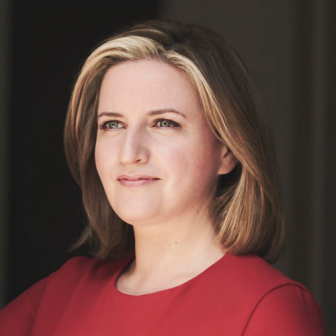 The weather forecasters may be predicting a return of wintry conditions as the ‘Beast from the East’ sweeps in during late February and March, but in the property market, the prospects are looking a little brighter.
The weather forecasters may be predicting a return of wintry conditions as the ‘Beast from the East’ sweeps in during late February and March, but in the property market, the prospects are looking a little brighter.
The political upheaval and money market volatility after September’s mini-budget, and sharp rises in interest rates meant that Christmas came a month or two early to the residential market, with many buyers adopting a ‘wait and see’ approach. But over the last six weeks, buyer demand is starting to re-emerge. The level of demand is lower than during the pandemic, but in line with more ‘normal’ market conditions in 2018 and 2019.
Given how the financial and economic landscape has changed over the last 12 months, it follows that the super-charged market conditions during the pandemic have calmed. The bank base rate is now at 4%, up from 0.25% in February last year, a recession is looking likely and the third prime minister in eight months has recently completed his first 100 days in office.
Back in October, the outlook was much more gloomy. All the forecasts pointed towards a deep recession and gilt rates (the money market rates which determine fixed-rate mortgage pricing) were soaring as the international community looked at the revolving door in 10 Downing Street with bemusement.
Yet now, there are increasing headlines about falling mortgage rates. This follows gilt rates dropping back to levels seen before the mini-budget. It is worth saying that with the spike in inflation which emerged last year, interest rates were always going to have to rise. But the gilt markets now look like they are reflecting economic realities, rather than political instability, and so have been falling for the last few months. As such – several lenders are now offering five-year fixed-rate home loan deals at less than 4%. In addition, the economic outlook is not as downbeat, with a few forecasters even venturing that the UK’s economic output this year will be very slightly positive overall.
Given the change in circumstances over the last 12 months, we are still forecasting a decline in house prices this year (after very strong rises over the last 2 years) – with a decline of around 8% across the UK as a whole. Even with this level of decline, average house prices will be returning to 2021 levels.
In the prime London market, we are forecasting a more modest 4% decline. There are several factors behind this – including the international nature of the central London market. But another factor is that flats in this market are playing ‘catch up’. During the pandemic, the search for space meant values for houses rose more quickly. But now that the threat of lockdowns has receded, buyers are seeing value in flats, where prices have not risen as quickly over the last three years – putting upwards pressure on demand and pricing in some markets.
The market remains challenging, and several key economic factors need to remain robust, especially employment, for the country to continue on this course – but the prospects in the property market now look brighter now than they did late last year, not something the weather forecasters are currently saying.
Gráinne is director of research & insight at Cluttons. She previously held positions at Zoopla, as head of research, and at Knight Frank where she was head of UK residential research.
Buyers are ‘now in the driver’s seat’ as house prices fall in annual terms for first time since 2020

Comments are closed.